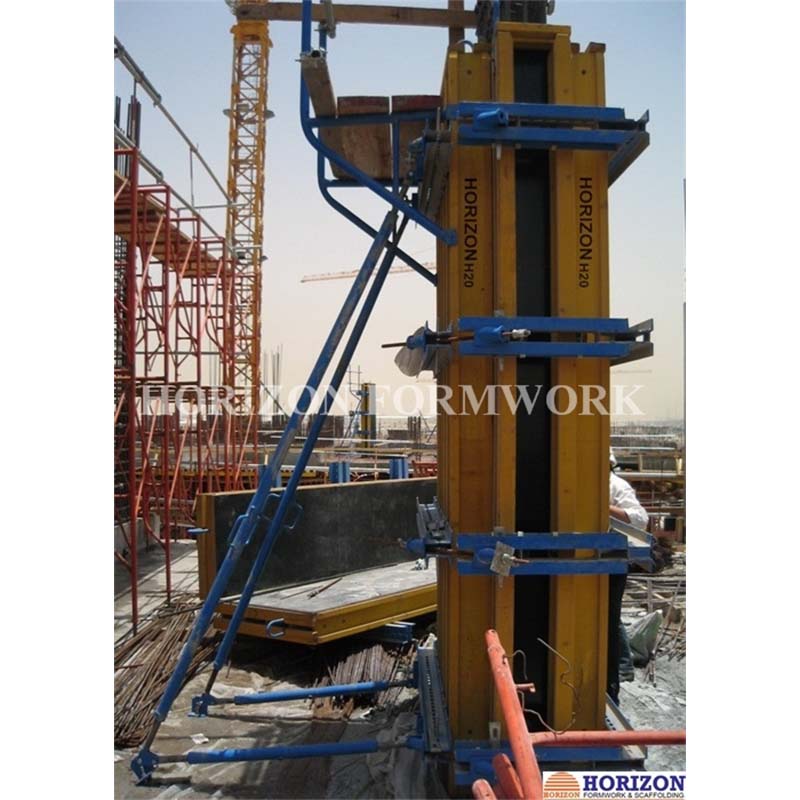Sep . 25, 2024 07:08 Back to list
Design and Construction Techniques for Effective Shear Wall Shuttering Systems
The Importance of Shear Wall Shuttering in Construction
Shear walls are crucial structural elements in buildings that provide lateral stability, particularly in high-rise and seismic-prone areas. These vertical walls are designed to withstand and dissipate lateral forces caused by wind, earthquakes, and other dynamic loads. One of the critical aspects of constructing shear walls is the process of shuttering, which involves creating a temporary formwork to hold the concrete in place until it hardens. This article will explore the significance of shear wall shuttering and best practices for its implementation.
Shuttering serves several essential roles in the construction of shear walls. Firstly, it defines the shape and dimensions of the shear wall, ensuring that it meets architectural and engineering specifications. The accuracy of the shuttering is paramount, as any deviations in alignment or dimensions can lead to structural weaknesses. Moreover, the quality of the shuttering can significantly influence the finish of the concrete surface, affecting both aesthetics and performance.
Choosing the right materials for shuttering is also crucial. Common materials include plywood, steel, and plastic, each with its advantages and disadvantages. Plywood is widely used due to its affordability and ease of handling, but it may not provide the durability needed for multiple uses. Steel shuttering, on the other hand, is more robust and reusable, making it a cost-effective option for large-scale projects. Additionally, the use of high-quality shuttering materials can minimize leaks and imperfections in the concrete, contributing to the overall integrity of the shear wall.
shear wall shuttering

The installation of shuttering for shear walls requires careful planning and execution. It is essential to ensure that the formwork is adequately braced to withstand the weight and pressure of the wet concrete. Improperly supported shuttering can result in deformation or collapse during the pouring process, leading to costly delays and safety hazards. Therefore, engaging skilled labor with experience in formwork installation is vital. They can assess the specific requirements of the project and implement the necessary reinforcements and supports.
Once the shuttering is in place, it is accompanied by the placement of reinforcement bars (rebar). These bars are integral to the shear wall’s strength and durability, as they provide tensile strength to counteract the compressive forces of the concrete. The positioning and tying of the rebar must follow the structural engineer's specifications to ensure optimal performance under load.
Finally, proper curing of the concrete after it has been poured into the shuttering is vital for achieving the desired strength and durability of the shear wall. Curing helps to maintain moisture in the concrete, preventing cracks and promoting a more robust bond between the aggregates and cement paste.
In conclusion, shear wall shuttering is a critical component of modern construction, essential for creating stable and resilient buildings. By focusing on careful planning, quality materials, and skilled execution, construction professionals can ensure that shear walls provide the necessary support and safety for structures, particularly in challenging environments. As the industry continues to evolve, innovations in shuttering techniques and materials will likely lead to even more efficient and effective construction practices.
-
Premium Ringlock Scaffolding | China Manufacturer & Supplier
NewsAug.19,2025
-
Efficient Table Formwork for Fast Slab Construction & Reusability
NewsAug.18,2025
-
Timber Beam H20 Formwork & Shuttering - Durable & Reliable
NewsAug.17,2025
-
Timber Beam H20: Premium Formwork & Shuttering Solutions
NewsAug.16,2025
-
Premium H20 Timber Beam for Formwork & Slab Shuttering
NewsAug.15,2025
-
China Single Sided Wall Formwork: Fast, Flexible Solutions
NewsAug.14,2025